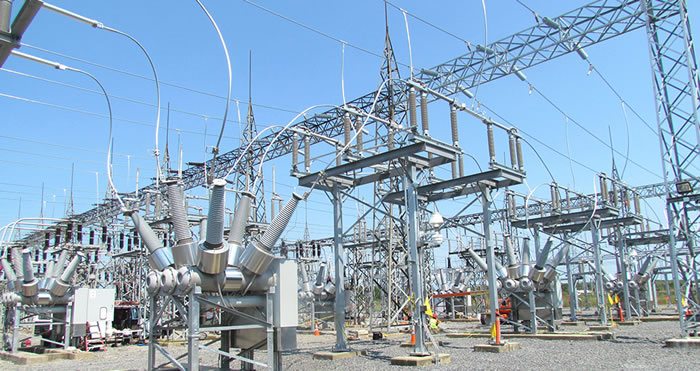Ghana’s electricity exports hit a record level last year, official data have showed.
The Energy Commission, which regulates the sector, reported that annual electricity exports climbed by approximately 26 percent to 1,801 GWh (gigawatt hours) in 2020, from the previous record of 1,430 GWh in 2019.
The tremendous growth in exports has been driven by increased supply to Burkina Faso, said the commission in its annual National Energy Statistics report. Ghana also sells power to Togo and Benin.
The rapidly rising exports is being fuelled also by overcapacity in the sector, with the government looking for ways to dispose of excess electricity generation that is estimated to cost US$500m annually.
Last year, installed generation capacity was 5,134 MW against system peak demand of 3,090 MW.
While power exports have risen for four straight years, imports have also steadily declined in the same period, touching a six-year low of 58 GWh in 2020. This resulted in net electricity exports of 1,743 GWh last year—the highest on record and almost 34 percent above the 2019 net export figure of 1,303 GWh.
Meanwhile, demand for electricity in the country continues to increase, recording a growth rate of 10.2 percent last year despite the pandemic.
According to the regulator’s 2021 Energy Outlook for Ghana report, the total energy including losses consumed in the country last year was 19,717 GWh as against 17,887 GWh in 2019.
For 2021, the commission is projecting a generation capacity of 5,328.1 MW, with a dependable capacity of 4,879 MW. The bulk (68.5 percent) of the dependable capacity will come from thermal sources, it said.
System peak demand, on the other hand, is projected at 3,304 MW.
Hydropower and thermal plants are projected to generate 32.9 percent and 66.4 percent of total electricity supply in 2021, with the remaining 0.7 percent expected to be met by other renewables, including solar PV and biogas.







